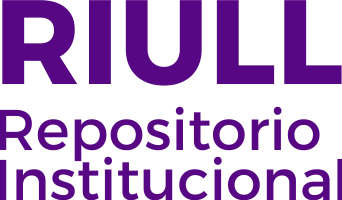Navigation Tasks in Desktop VR Environments to Improve the Spatial Orientation Skill of Building Engineers
Fecha
2021Resumen
Virtual reality is a powerful tool for teaching 3D digital technologies in building engineering,
as it facilitates the spatial perception of three-dimensional space. Spatial orientation skill is necessary
for understanding 3D space. With VR, users navigate through virtually designed buildings and must
be constantly aware of their position relative to other elements of the environment (orientation during
navigation). In the present study, 25 building engineering students performed navigation tasks in a
desktop-VR environment workshop. Performance of students using the desktop-VR was compared
to a previous workshop in which navigation tasks were carried out using head-mounted displays.
The Perspective Taking/Spatial Orientation Test measured spatial orientation skill. A questionnaire
on user experience in the virtual environment was also administered. The gain in spatial orientation
skill was 12.62%, similar to that obtained with head-mounted displays (14.23%). The desktop VR
environment is an alternative to the HMD-VR environment for planning strategies to improve spatial
orientation. Results from the user-experience questionnaire showed that the desktop VR environment
strategy was well perceived by students in terms of interaction, 3D visualization, navigation, and
sense of presence. Unlike in the HDM VR environment, student in the desktop VR environment did
not report feelings of fatigue or dizziness.





